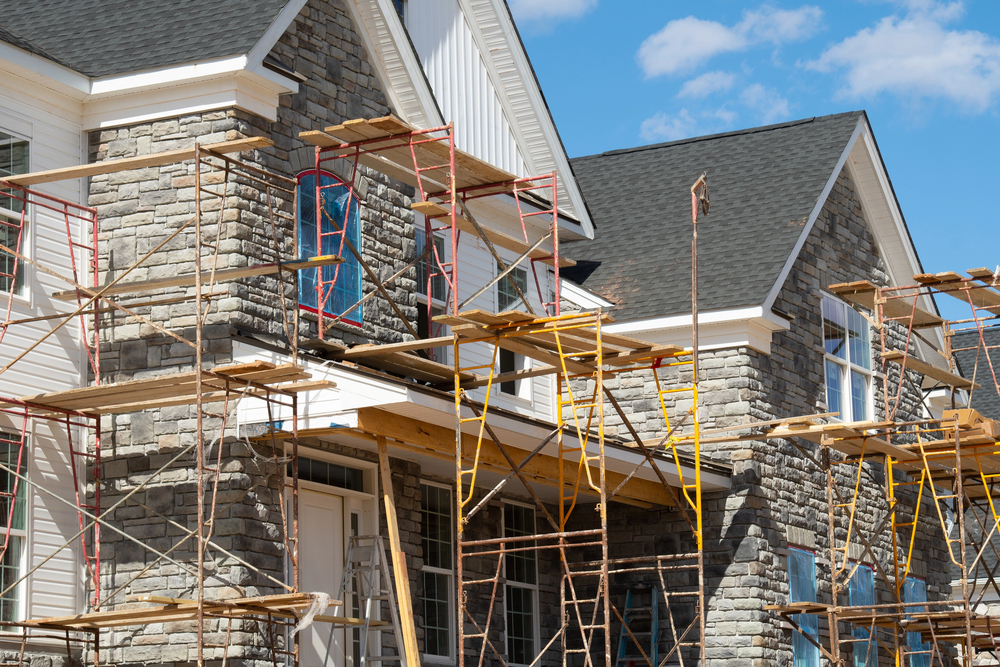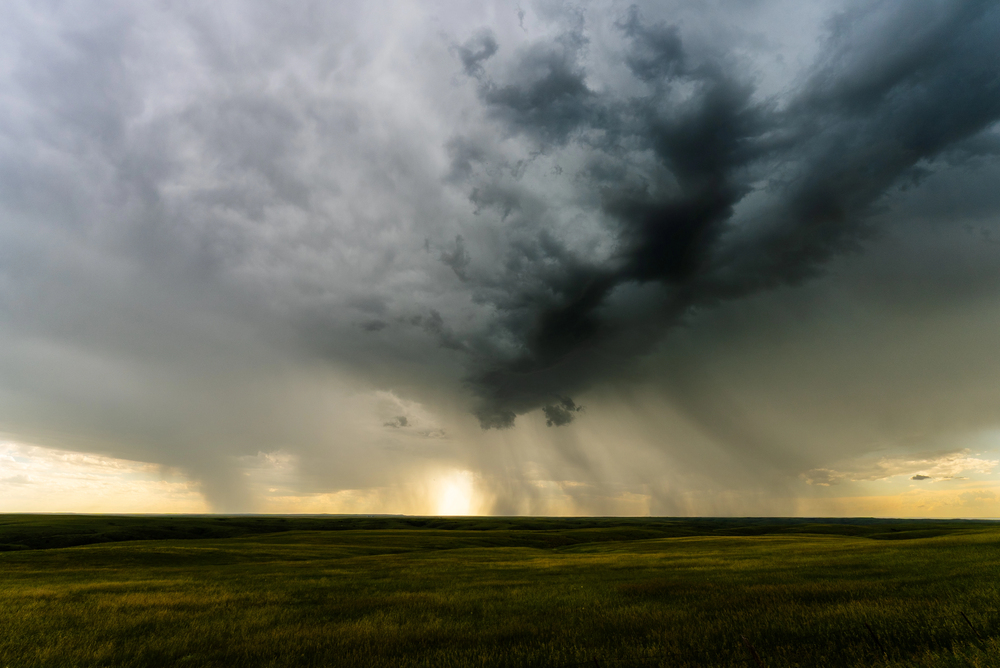Watching the Wheels: 3 Types of Cyclists and Their Insurance Needs

By: Will Jones
Americans cycle for a number of reasons. Some do it to keep fit, some see it purely as a mode of transportation, while others treat it as a competitive sport.
With these different uses come different insurance needs. From commuting to mountain biking and BMXing to e-bikes, the risks vary.
Scott Chapin, bicycle industry risk specialist for Marsh & McLennan Agency, who has worked exclusively in the bicycle space for the last 10 years, has witnessed bicycle trends fluctuate. “I’ve seen a lot of changes occurring within the bicycle industry,” he says. “There have been a million changes, but at the end of the day cycling continues to grow.”
For example, 25 years ago, road bikes sales were huge. “But sales are now down, and gravel-cross bikes and mountain bike sales are going up,” Chapin says. “Then, there’s commuters and e-bikes, as well as the risks due to distracted drivers.”
In recognition of National Bike Month in May and this week’s National Bike to Work Week 2019, an event organized by the League of American Bicyclists, here’s a look at three types of cyclists and their specific insurance needs:
1) Commuters. Since 2005, U.S. states have seen, on average, a 46% increase in the share of people commuting by bike, with some states experiencing an increase of more than 100%, according to the League of American Bicyclists. Commuting by bike is environmentally friendly and is often more cost-effective than commuting by car or bus.
As numbers increase, both the risks and the need for insurance do, too. “Commuters’ risk is dependent upon if they have a safe place to park that bike,” Chapin says. “In countries like the Netherlands, pretty much everybody insures their bicycle because it’s not if your bike is going to get stolen, it’s when.”
The other big risk for commuters is personal liability. “They’re riding in congested areas and there’s the increased chance of hitting a pedestrian,” Chapin explains. Cyclists may be covered for personal liability under their homeowners policy, “but a lot of commuters may not own a home and [therefore] may not have a HO-3 or HO-4, so they need the protections on a monoline bicycle policy.”
2) Recreational cyclists. Mountain bikes and road bikes represented 25% and 20% market share of all bike sales in 2012, respectively, according to the National Bike Dealers Association. With nearly half of cyclists engaging in these pursuits, it is important to understand their unique risk.
With trail riders and mountain bikers, the “personal liability risk is much less than a commuter because out on the trails, it’s very sparsely populated in terms of other riders,” Chapin says. “The bigger risk is on the crash side. If you smash up a bike it can be quite costly.”
The same rings true for road bikes. “They’re very lightweight and relatively fragile machines—it doesn’t take much to damage them,” Chapin says.
Additionally, recreational cyclists often don’t live near a bike trail or an area suitable for road racing, which means the bike needs to be transported. In these instances, “there’s a theft risk,” Chapin points out. “You might be making a stop at the store or getting gas, and anytime that bike is hanging off the tailgate, we see a lot of theft.”
3) E-cyclists. In 2014, 54% of cyclists shared the road or trail with an e-bike, according to a survey by the League of American Bicyclists. Three years later, in July 2017, e-bike sales had grown 95% over the previous year, according to the NPD Group, a market research company, which also found e-bike sales in the U.S. had tripled over the previous three years.
An e-bike is the same as a typical pedal bicycle, except that it’s integrated with an electric motor and can fall into one of three classes of based on variants such as speed and wattage. Class 1 is the least powerful, while Class 3 is the most powerful.
With e-bikes, “the biggest disconnect is with personal liability. Most carriers do not cover personal liability beyond Class 1 on a homeowners policy,” Chapin says. “They’re using antiquated ISO language which was written before e-bikes were a thing.”
In 2012, Marsh & McLennan launched SPOKE insurance, which offers standalone bicycle insurance for all things related to bicycles. But even they can only offer personal liability coverage for Class 1 or 2 e-bikes. “The biggest issue is Class 3,” Chapin says.
“Unless a carrier has gone ahead and made changes to their policy language or removed the exclusions and created new underwriting definitions or guidelines, there isn’t any personal liability coverage,” Chapin adds. “Most carriers do not have a solution, and the ones that do are basically offering insurance with a moped policy.”
With more than a million e-bikes being ridden in the U.S., Chapin says, “it’s concerning that a lot of individuals are making the incorrect assumption that they have personal liability coverage under their homeowners policy.”
Will Jones is IA assistant editor.










